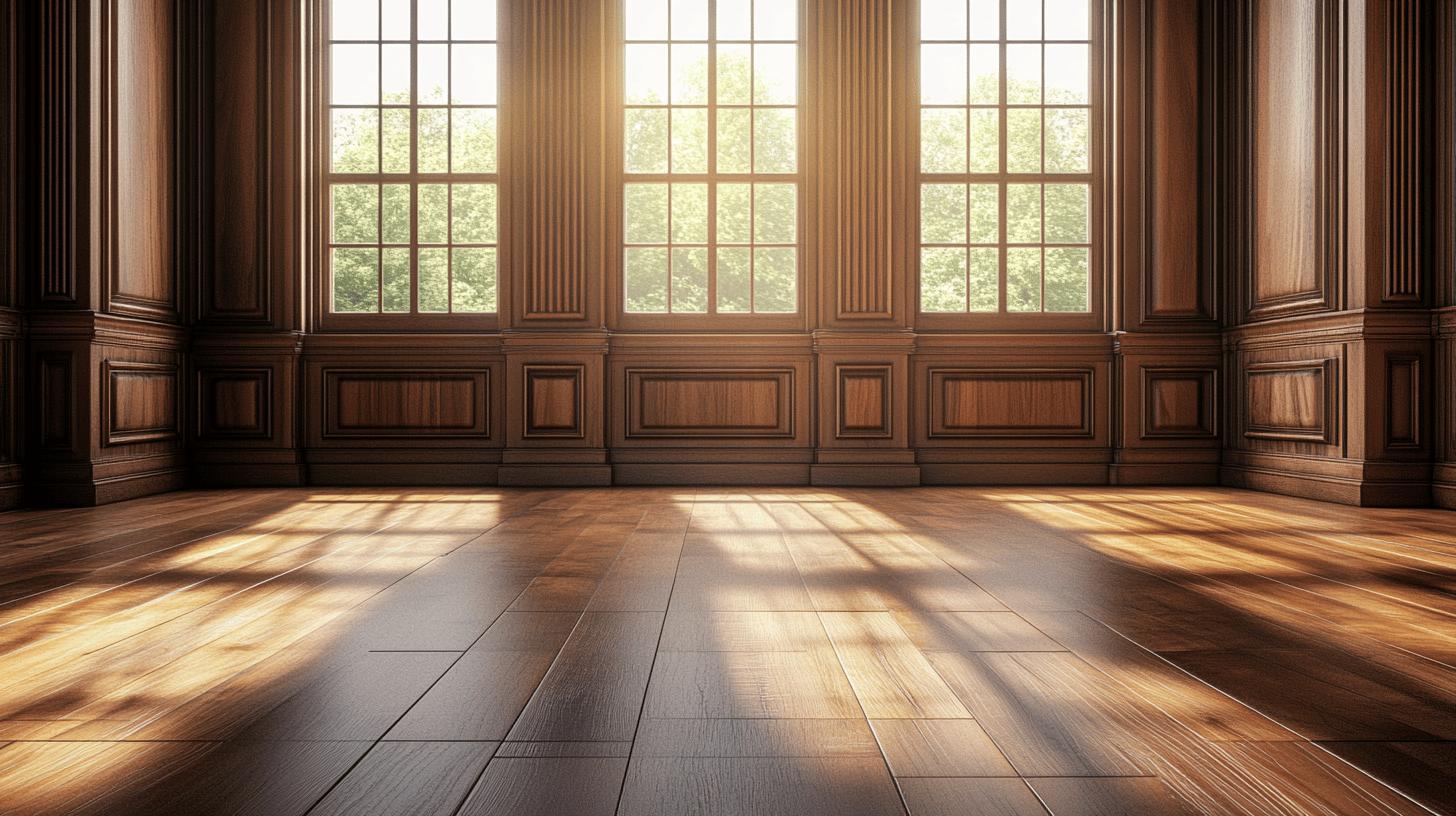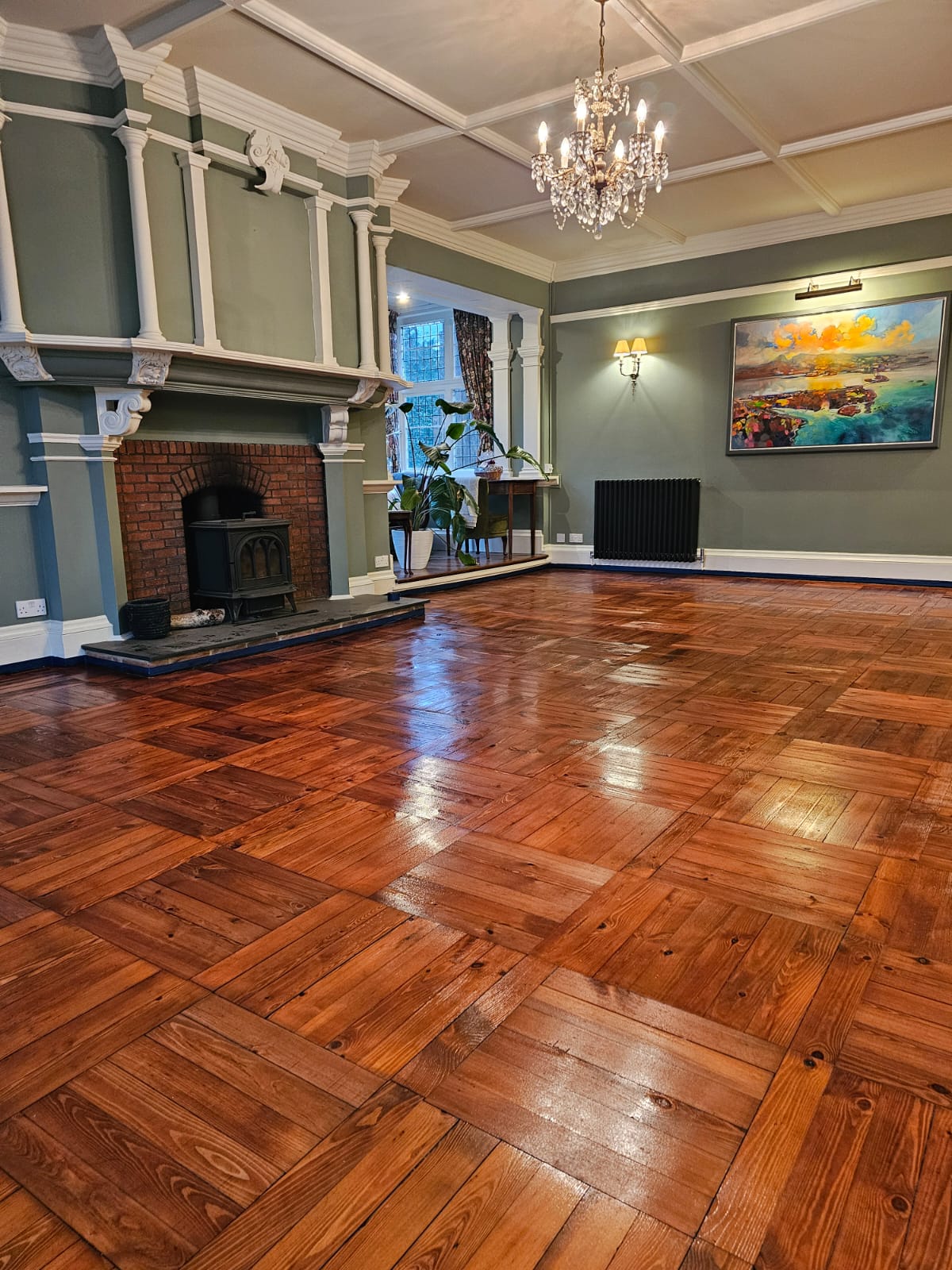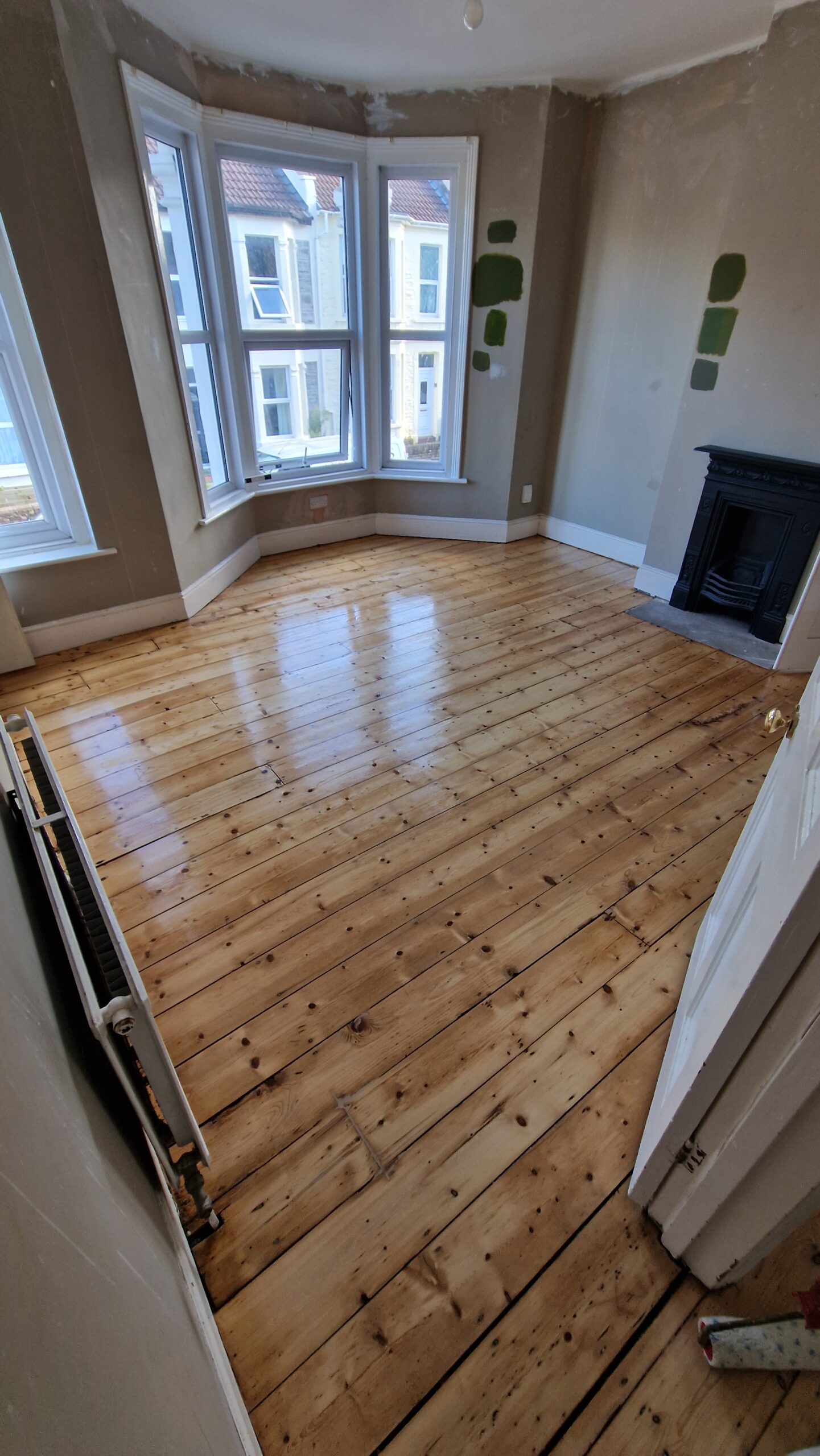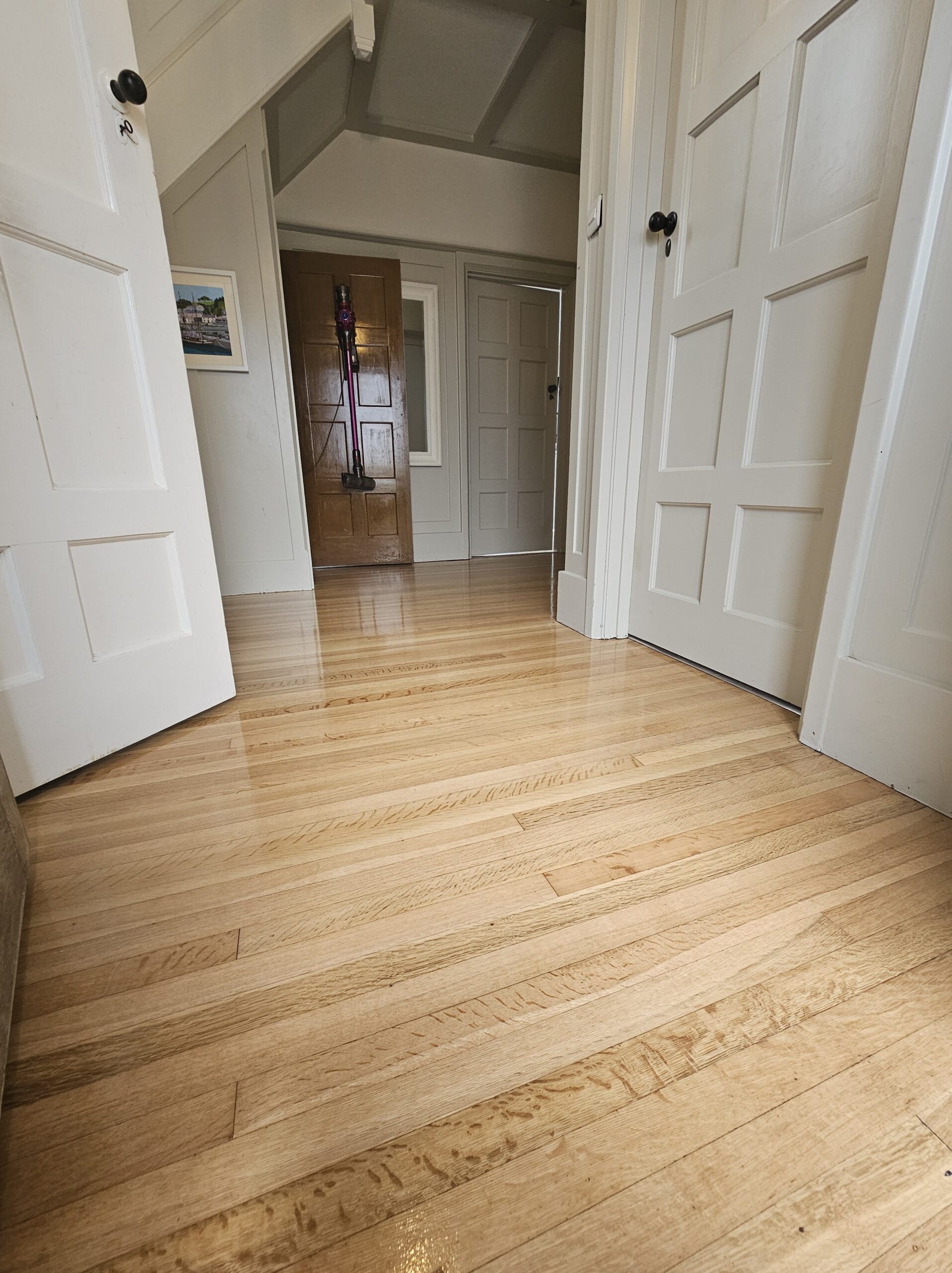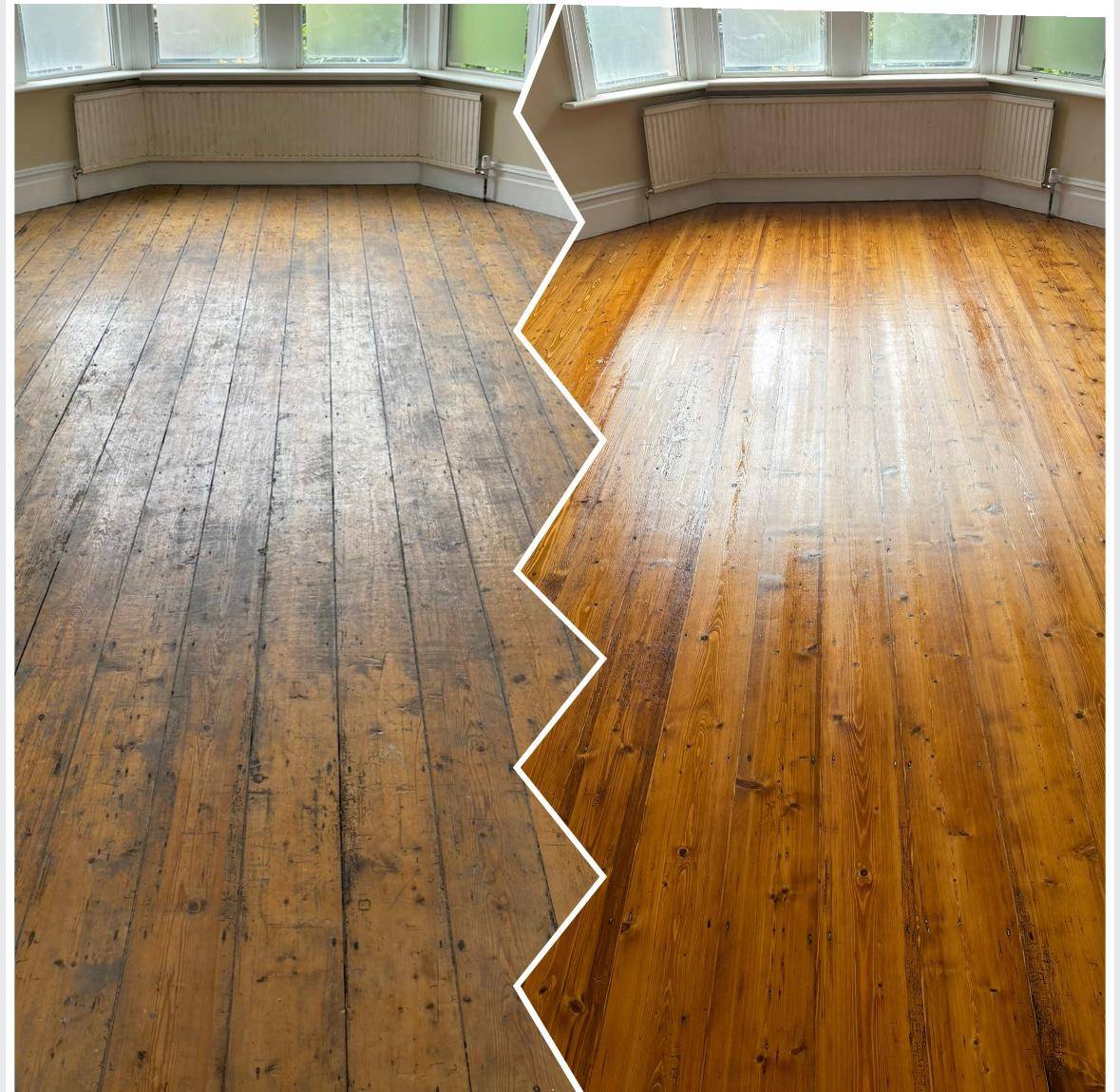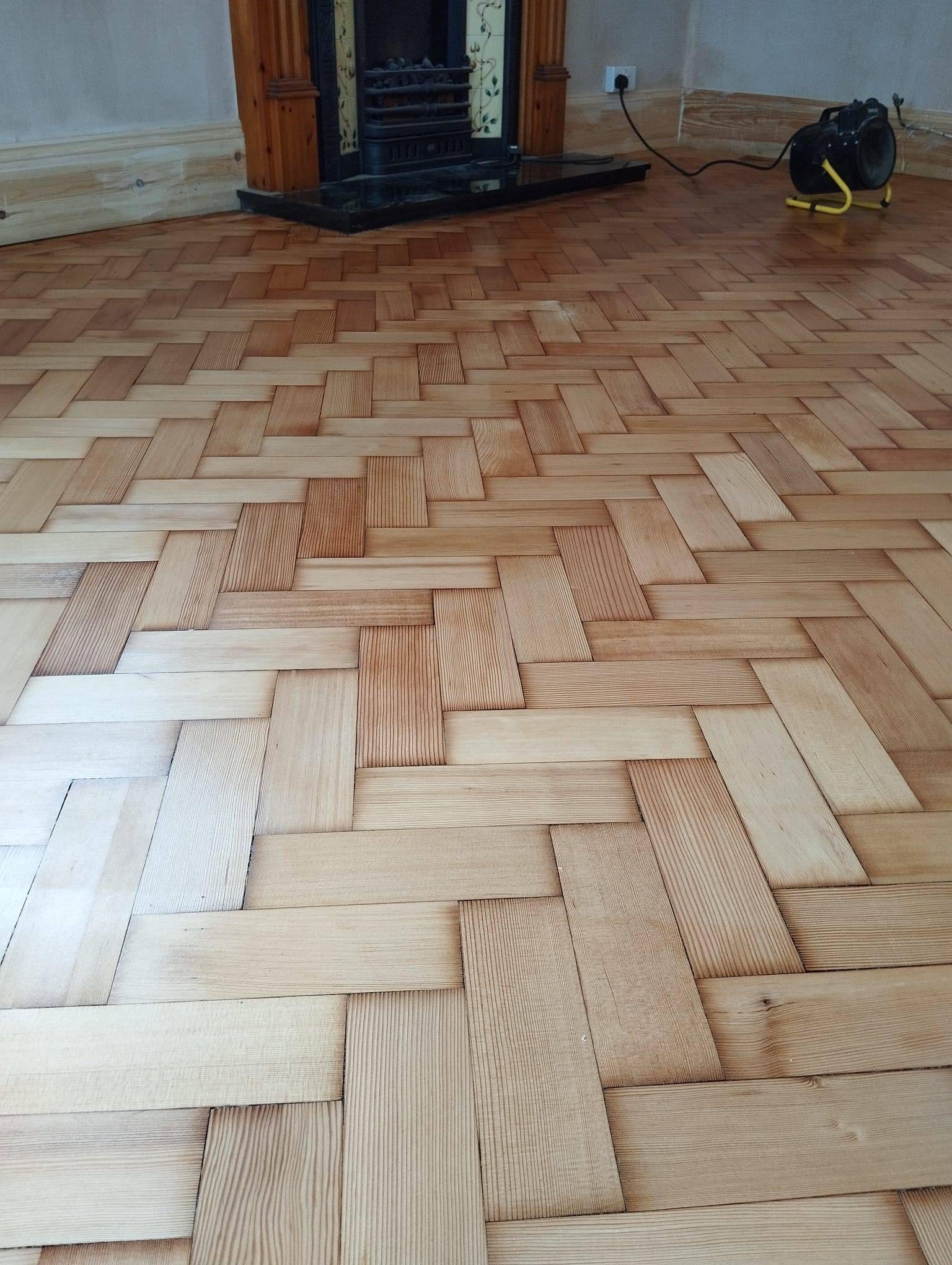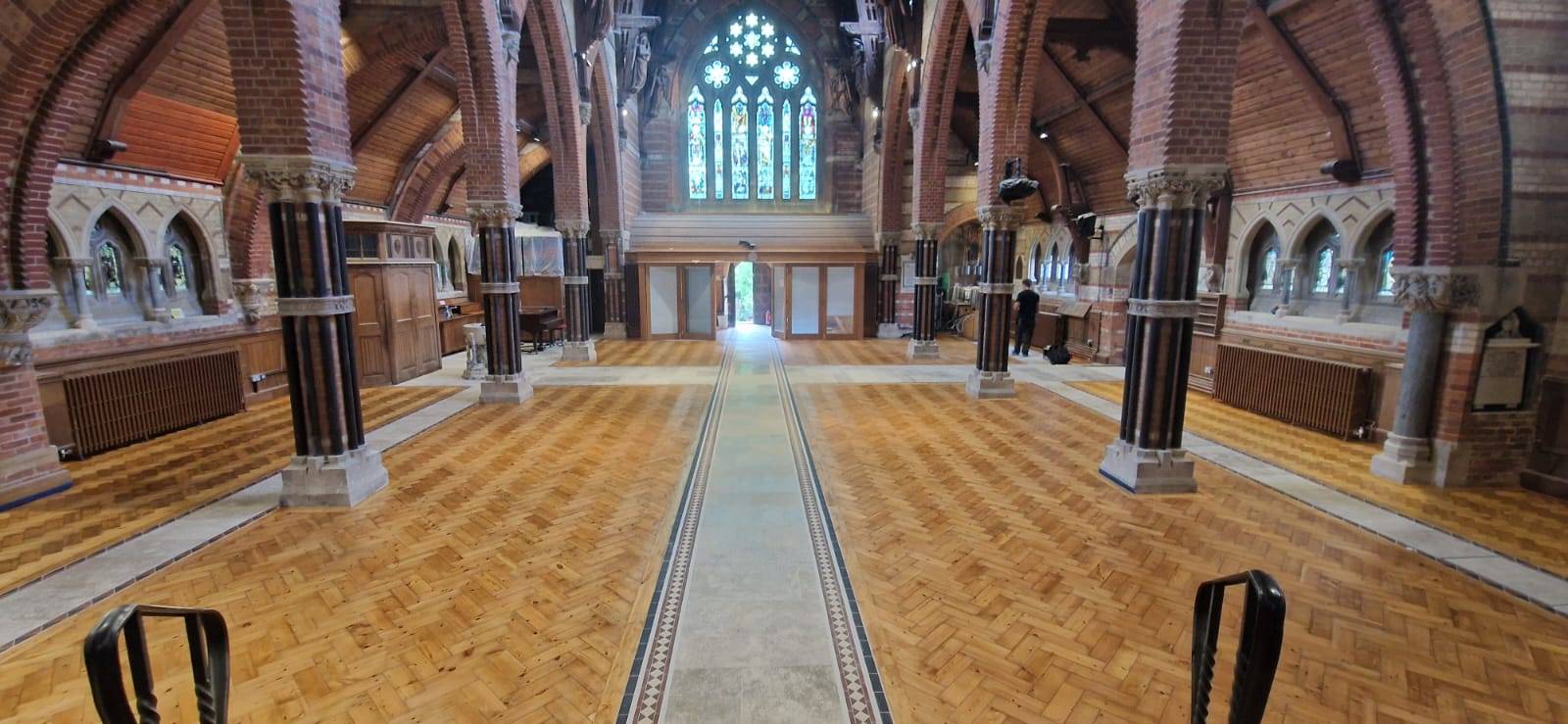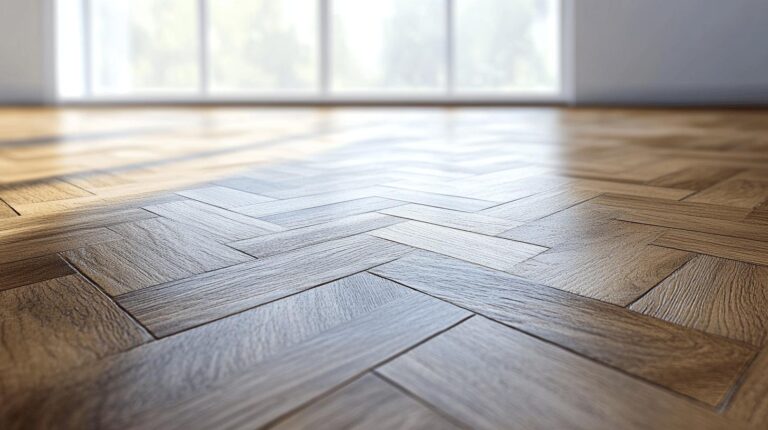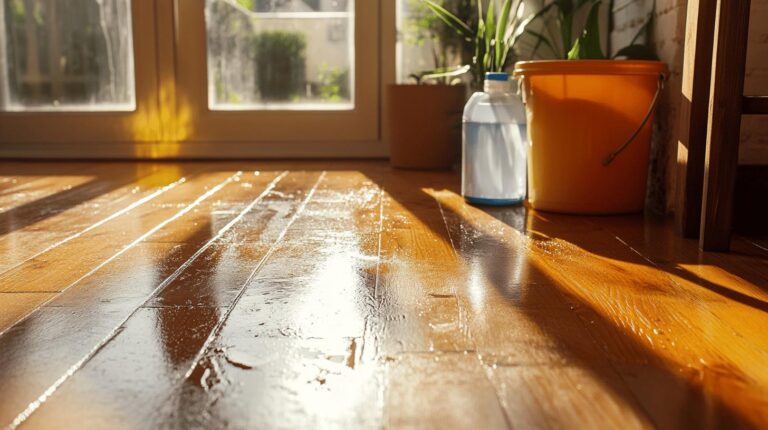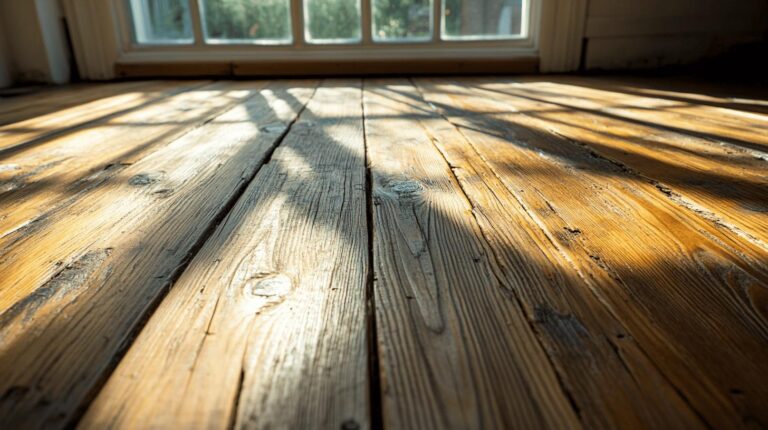Could restoring a piece of history while easing your financial burden truly be possible? For owners of listed buildings, financial support isn’t just a dream—it’s a practical reality through wood floor restoration grants. By providing vital aid, grants like the Historic Buildings Repair Grant help preserve the cultural and architectural essence of heritage properties. Covering up to 40% of restoration costs, these grants not only save money but also safeguard the architectural legacy. Delve deeper into this guide to discover how these crucial grants can transform your renovation project while honouring the past.
Available Wood Floor Restoration Grants for Listed Buildings
Preserving the historical and architectural integrity of listed buildings is paramount, and financial aid plays a vital role in achieving this. For owners of these heritage properties, wood floor restoration grants provide crucial assistance, ensuring that the charm and authenticity of original features are maintained. Grants cater to the unique challenges of restoring listed buildings, which often require specialised materials and techniques to comply with heritage regulations. By facilitating these restorations, grants help preserve the history embedded within each floorboard.
- Historic Buildings Repair Grant: Offers up to 40% coverage of renovation costs with a maximum grant of £10,000, specifically for culturally or architecturally significant buildings.
- Listed Places of Worship Grant Scheme: Provides funding for floor repairs, focusing on buildings used for religious purposes.
- National Lottery Heritage Fund: Supports larger scale restoration projects, including floor restorations as part of broader conservation efforts.
- Architectural Heritage Fund: Assists with project development costs, including feasibility studies for wood floor restorations.
- Local Authority Conservation Grants: Vary by region, covering partial costs for maintaining the heritage value of listed properties.
.
These grants substantially reduce the financial burden of restoration, making it feasible for property owners to undertake necessary work without compromising historical accuracy. For many, the cost of adhering to listed building regulations can be prohibitive. Grants like the Historic Buildings Repair Grant not only ease these financial constraints but also encourage the preservation of national heritage. Such financial support ensures that the distinctive features and craftsmanship of these buildings are retained for future generations, allowing them to continue telling their historical stories.
Eligibility Criteria for Wood Floor Restoration Grants
Obtaining grants for wood floor restoration in listed buildings requires adherence to specific eligibility criteria. To qualify, the building must be officially listed, indicating its historical or architectural significance. This ensures that funds are directed towards preserving culturally important structures. An essential aspect of eligibility is the timing of the application; it must be submitted and approved before any renovation work begins. This requirement prevents any disqualification that might arise from commencing work prematurely, which could otherwise lead to a refusal of grant funds.
- Prepare a detailed list of proposed work.
- Include estimates and quotations for all aspects of the project.
- Provide drawings or detailed specifications where applicable.
- Ensure the property’s listed status is documented.
.
Adhering to listed building regulations is crucial in the grant application process. These regulations are designed to protect the historical integrity of the property, ensuring that any restorative work respects the original features and materials. Accurate and comprehensive documentation not only supports the application but also demonstrates a commitment to preserving the heritage of the property. Failing to comply with these regulations can result in penalties, including withdrawal of funding, making it imperative for applicants to follow the guidelines closely.
How to Apply for Wood Floor Restoration Grants

Understanding the grant application process is crucial for securing funding to restore wood floors in listed buildings. By following a structured approach, applicants can significantly enhance their chances of success, ensuring compliance with grant requirements and avoiding potential pitfalls. Early and thorough preparation not only streamlines the process but also demonstrates a commitment to preserving historical integrity.
Preparing Your Application
A comprehensive grant application begins with meticulous preparation of all required documentation. Applicants must compile a detailed list of proposed work, including precise estimates and quotations for each aspect of the project. Providing drawings or detailed specifications, when applicable, is essential as it illustrates the scope and nature of the restoration work in detail. This thorough documentation serves as evidence of the applicant’s dedication to maintaining the building’s historical and architectural value.
Submitting the Application
When it comes to submitting your application, timing and accuracy are key. It is imperative to apply for the grant before commencing any renovation work, as failure to do so can result in automatic disqualification. Applications should be submitted to the appropriate grant bodies, which may include local authorities, heritage organisations, or specific grant schemes like the Historic Buildings Repair Grant. Following the submission guidelines precisely ensures that your application is complete and meets the required criteria.
Following Up
After submission, maintaining communication with the grant organisations is essential. Applicants should track the status of their application and be proactive in responding to any requests for additional information or clarification. Engaging with the organisations through regular updates or inquiries can provide insights into the decision-making process and potentially expedite the approval. This follow-up not only reflects diligence but also reinforces the applicant’s enthusiasm and commitment to the restoration project.
Case Studies of Successful Wood Floor Restoration Grants
Grant-funded restoration projects play a crucial role in preserving the historical and architectural integrity of listed buildings. These projects enable property owners to undertake necessary restorations that might otherwise be financially unfeasible. By providing financial assistance, grants ensure that distinctive wood floor features are restored to their former glory, while maintaining the building’s authenticity. The success of these projects lies in their ability to retain the original appearance and craftsmanship of the floors, which is essential for sustaining the historical narrative of the property.
Specific examples of successful grant-funded wood floor restorations illustrate the importance of preserving unique features. A notable project involved the restoration of an 18th-century manor house, where the Historic Buildings Repair Grant was used to meticulously restore the intricate parquet flooring. This project not only maintained the original design but also reinforced the structural integrity of the floors. Another example is a restoration of a listed chapel, funded by the Listed Places of Worship Grant Scheme, which focused on repairing and preserving the original oak floorboards. These projects underscore the importance of using appropriate materials and methods to ensure that the historical character of the floors is preserved for future generations.
| Project Name | Grant Used | Key Outcome |
|---|---|---|
| Manor House Restoration | Historic Buildings Repair Grant | Preserved intricate parquet flooring |
| Chapel Floor Restoration | Listed Places of Worship Grant Scheme | Preserved original oak floorboards |
| Victorian Schoolhouse Project | National Lottery Heritage Fund | Restored Victorian-era flooring |
Tips for Maintaining Historical Integrity in Wood Floor Restorations
Preserving historical features is essential during wood floor restorations to maintain the authenticity and charm of listed buildings. Historical integrity involves retaining original design elements and craftsmanship that define the building’s character. To achieve this, restorations should focus on repairing rather than replacing existing features, ensuring that new additions do not overshadow or destroy the original woodwork. This approach not only honours the building’s past but also contributes to sustaining its cultural and architectural significance for future generations.
Using compatible materials and techniques is crucial to support historical accuracy in restorations. It is important to source materials that match the original in colour, texture, and grain to blend seamlessly with the existing wood. Traditional methods such as hand-scrubbing, gentle sanding, and using chemical strippers for paint removal are recommended to avoid damaging the wood. Additionally, any new installations or repairs should be executed with techniques that mirror the craftsmanship of the period, ensuring a cohesive and authentic restoration.
Consulting with experts is invaluable for successful restorations, as they offer insights and guidance tailored to the specific needs of listed buildings. Professionals can provide recommendations for appropriate materials and methods that align with heritage regulations. Moreover, documenting all changes and restorations is essential for future reference, allowing for a clear historical record that supports ongoing preservation efforts. Engaging with experts ensures that restorations respect the building’s original integrity while incorporating necessary updates to safeguard its legacy.
Final Words
Throughout the exploration of wood floor restoration grants for listed buildings, the importance of financial assistance in preserving historical and architectural heritage becomes evident. Detailed eligibility criteria stress the necessity for comprehensive documentation and adherence to regulations. The grant application process, although meticulous, provides a structured path for securing funds.
By examining successful case studies, the tangible benefits of these grants are highlighted, showcasing the preservation of distinctive features and cultural integrity. Ryan’s Restoration underscores the value of professional consultation in maintaining the historical essence. Wood floor restoration grants make preserving heritage achievable and rewarding.
Preserve history → Wood Floor Restoration
FAQ
Q: Can you get a grant to restore a listed building?
A: Yes, various grants are available for restoring listed buildings. These grants often cover a portion of restoration costs, helping alleviate financial burdens for property owners.
Q: Are there specific wood floor restoration grants for listed buildings in England?
A: Yes, there are specific grants available for wood floor restoration in listed buildings across England, aimed at preserving historical and architectural integrity through financial support.
Q: What grants are available for repairing Grade 2 listed buildings?
A: Grants for Grade 2 listed buildings include the Historic Buildings Repair Grant and similar financial aids, covering significant portions of renovation costs to maintain their cultural value.
Q: Can you get heating or energy grants for Grade 2 listed buildings?
A: Energy and heating grants for Grade 2 listed buildings are available, helping to enhance energy efficiency without compromising historical features.
Q: What is the Heritage at Risk programme?
A: The Heritage at Risk programme identifies nationally significant heritage sites at risk and offers assistance to restore and preserve them for future generations.
Q: Does English Heritage provide grants?
A: English Heritage offers grants aimed at preserving and restoring sites of national cultural significance, supporting property owners to maintain historical assets.
Q: How do wood floor restoration grants work in listed buildings in Wales?
A: In Wales, grants for wood floor restoration in listed buildings operate similarly, providing funds to support restoration projects while preserving historical significance.
Q: What is required to apply for a wood floor restoration grant?
A: Applicants must submit detailed work proposals, including estimates and specifications, and ensure the property is listed. Applications must be submitted before starting any work.
Q: How can I apply for a wood floor restoration grant?
A: Prepare all necessary documents, submit applications through relevant organisations, and follow up on submission status to successfully apply for a restoration grant.
